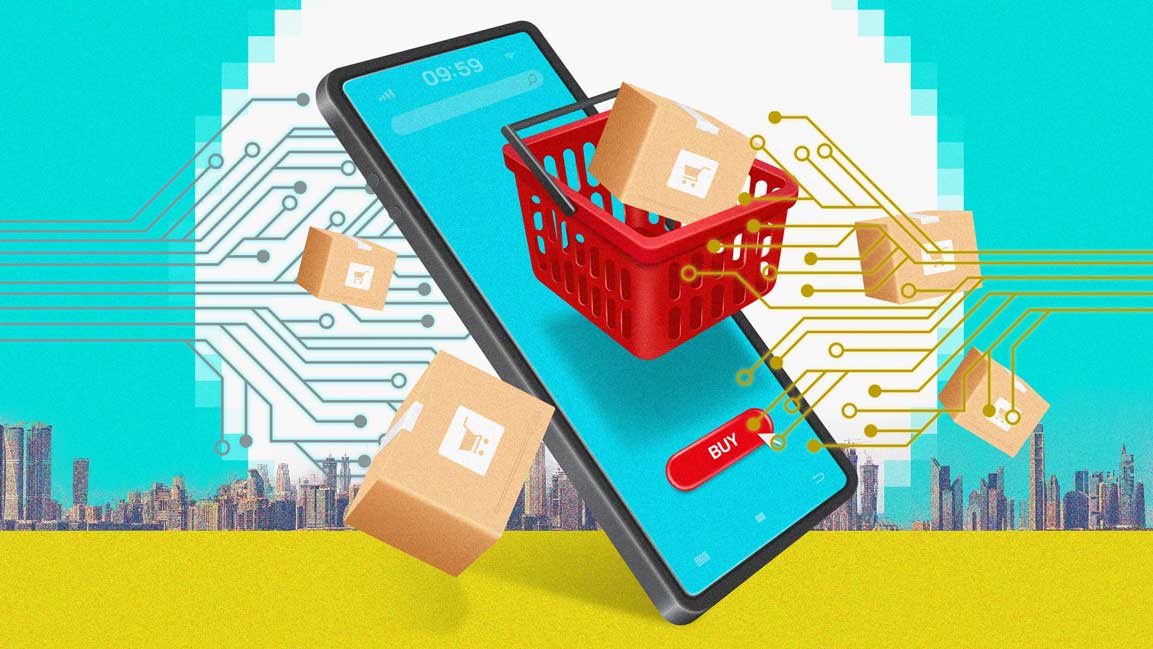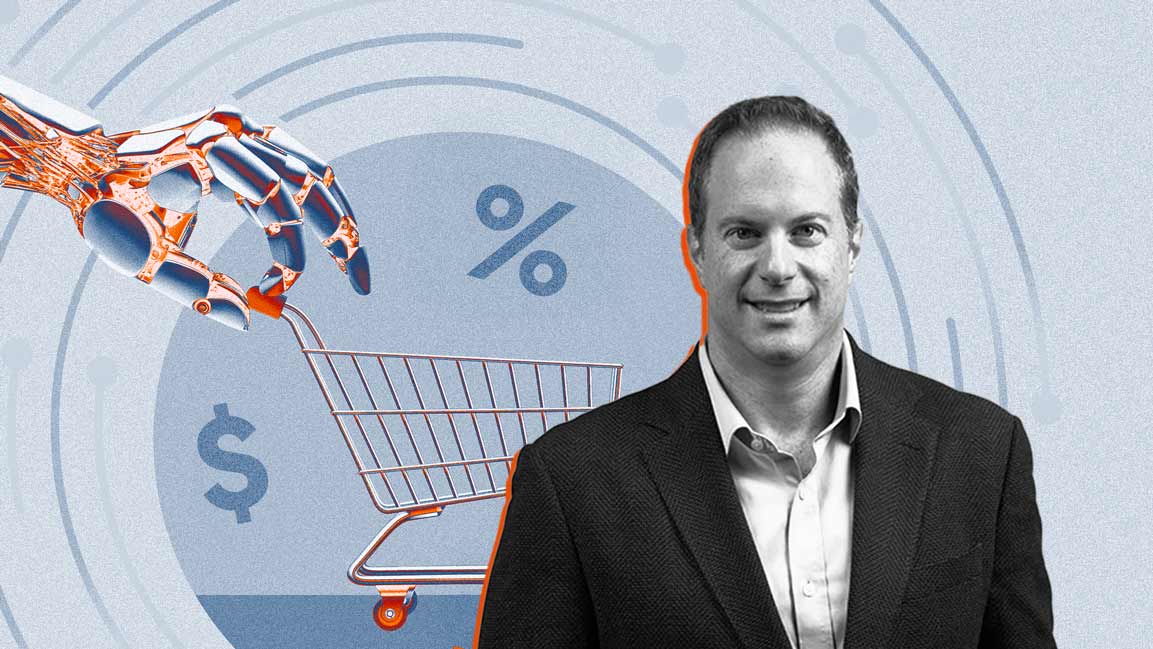- | Akinon
How digital commerce is evolving in the Middle East
The shift to seamless, personalized commerce experiences across channels is driven by evolving consumer preferences and technology

Over the past few years, a momentous shift has occurred in commerce due to the surge of technology, evolving consumer behavior, and internet penetration. This digital revolution fundamentally reshapes how businesses operate and interact with customers.
It’s not just about shopping online; customers crave a personalized, smooth shopping experience. Tolga Tatari, Co-founder & CEO at Akinon, says customers value a seamless transition between online and offline and ask for the same great experience across the channels.
This is where “unified commerce” becomes essential.
It focuses on providing customers with a seamless, integrated shopping experience by connecting all commerce data and processes across various sales channels and touchpoints. This includes features like a shared shopping cart across channels, multiple product delivery options such as click & collect and same-day delivery, the ability to return items at any store, diverse payment options, and more.
Gartner predicts that by 2025, businesses providing a unified commerce experience, guiding customers through their journeys, will experience a 20% increase in total revenue. Moreover, omnichannel intelligence offers brands actionable cross-channel insights, facilitating hyper-personalized customer experiences. This highlights the significant role of AI and ML in digital commerce.
For Middle Eastern shoppers, the ease of purchasing holds the same importance as product quality, says Tatari. And that’s why ensuring a hassle-free purchasing experience is paramount for businesses aiming to capture the region’s market.
SIGNIFICANT TRENDS
“In-store” is one of the most popular trends and will continue to be so, adds Tatari. Brands are increasingly exploring new store formats, such as experience stores, and introducing novel shopping and payment experiences within these establishments.
Picture this scenario: a customer is in a physical store, receives product recommendations from store staff, adds them to their online cart, and completes the purchase online. Ultimately, prioritizing convenience for shoppers is what matters.
Social commerce emerges as another significant trend for brands to consider in 2024. A recent study by Tabby found that nearly half of the shoppers have purchased through social media, which will continue in 2024.
Tatari also highlights live commerce as a trend, particularly in the Middle East, where influencer marketing is thriving. Additionally, there will be growth in B2B commerce.
Digital commerce among B2B companies is also growing as they increasingly embrace digitizing their sales and procurement processes. According to Gartner, by 2025, 80% of B2B sales interactions will occur globally in digital channels.
Over the past 4-5 years, digital commerce has become a central focus in the telecom and banking industries.
“Many banks and telecom operators have established marketplaces on Akinon’s digital commerce platform.”
These marketplaces let banks and telecom operators bundle and sell platform sellers’ products alongside their services. For instance, banks offer financial tools, while GSM operators include purchased products on mobile phone bills.
On the governance front, significant efforts are being directed towards operations. Major investments are being made in delivery, supply chain, workforce, and the ecosystem.
Regardless of the quality of product and technology, achieving operational excellence is crucial for success, adds Tatari.
WHAT DOES THE CONSUMER WANT?
There’s been a blurring of the online and offline channels, says Tatari. “Customers now expect a seamless transition between the two, despite exhibiting different behaviors in online and offline stores.”
When a customer visits a physical store, they become a captive audience, with approximately one in ten making a purchase. However, the scenario is quite different online, where converting clicks into purchases is much more challenging. There’s a ten-fold difference in conversion rates between online and offline visits, highlighting the need for a distinct approach in each setting.
Achieving a seamless customer experience across all channels and over any duration requires attention to detail and consistency in every interaction.
That means everything from first contact to product delivery, including follow-up support. It’s crucial to uphold high standards in packaging and delivery and to consider overall operations rather than just focusing on specific elements like the website or e-commerce platform.
Tatari notes a growing demand among B2C companies for platform migration spurred by evolving consumer expectations.
These companies prioritize speed, ease of use, and innovative buying experiences to stay competitive. For brands already online, exploring new methods to engage consumers requires an innovative platform as the foundation.
Currently, there is a proliferation of channels, particularly with enterprise B2C and B2B marketplaces. Products are accessible through numerous channels, and customers can emerge from any of these avenues. Platforms must be seamlessly integrated across all channels and services to ensure smooth operations.
Navigating this diverse landscape presents a considerable challenge for brands. They must adapt by efficiently managing multiple channels and ensuring an exceptional customer experience across each one.
The recent surge in artificial intelligence (AI) adoption is also a pivotal catalyst in addressing these challenges. “AI will stand out as one of the most crucial innovations, empowering business users to navigate and manage these operations effectively,” says Tatari.
Akinon, Tatari says, enables companies to build an omnichannel experience for their customers—and make it their own. “We support complete mobile-first strategies and customer service operations and provide many differentiating features, including live commerce, which lets the shoppers meet their favorite influencers and buy their recommendations at that moment, in-store which addresses their ‘easy and quick buying’ desire with a client telling function.”
THE CHANGING LANDSCAPE
Businesses must be technologically savvy, understand their markets, and prioritize their customers. Being technologically savvy involves grasping available technology and making informed choices.
Customers expect personalized experiences on mobile devices and a seamless buying journey. They prioritize the security of their data as well. Predictive analytics is crucial for enabling proactive responses to emerging trends. By integrating these elements, businesses gain the knowledge and flexibility to navigate the landscape.
Tatari adds that to meet these expectations, it’s crucial to understand customers and the market and use that knowledge to improve the service, products, and overall customer experience.









































